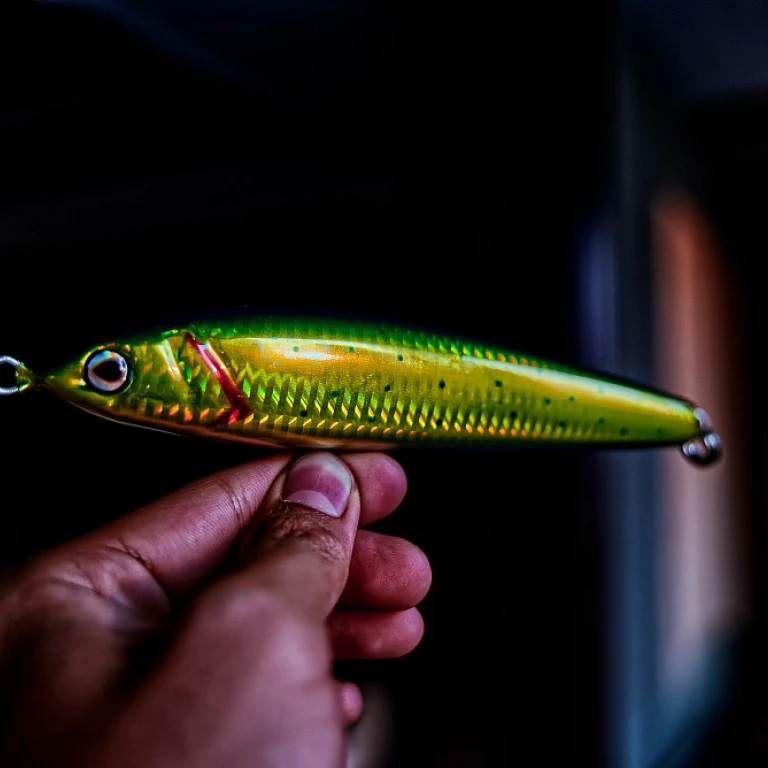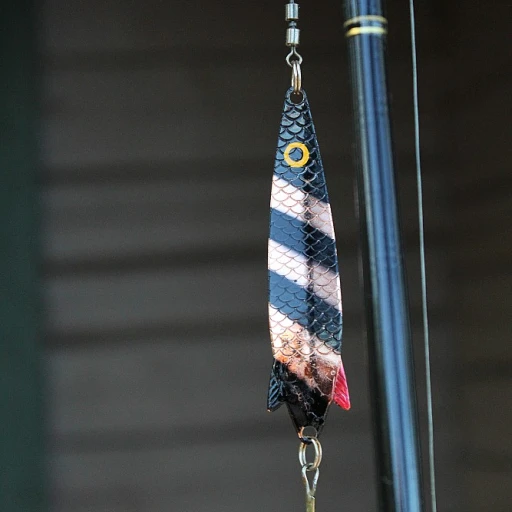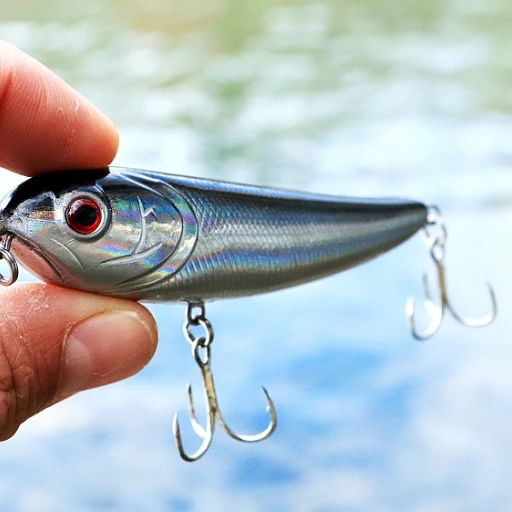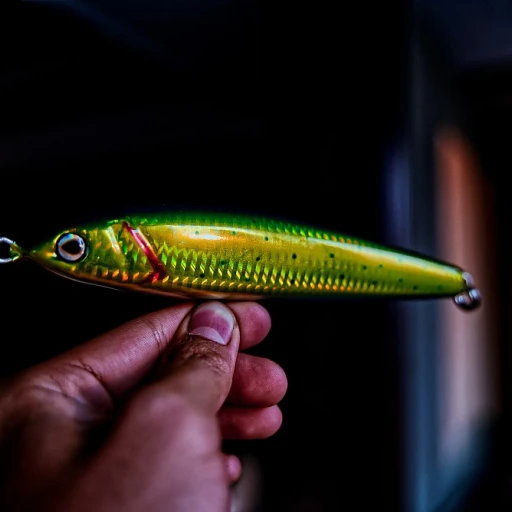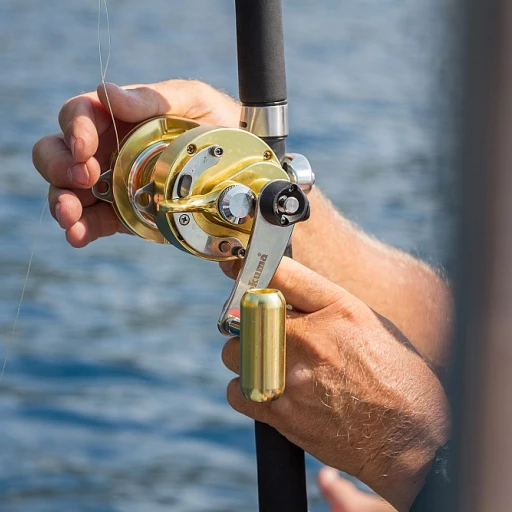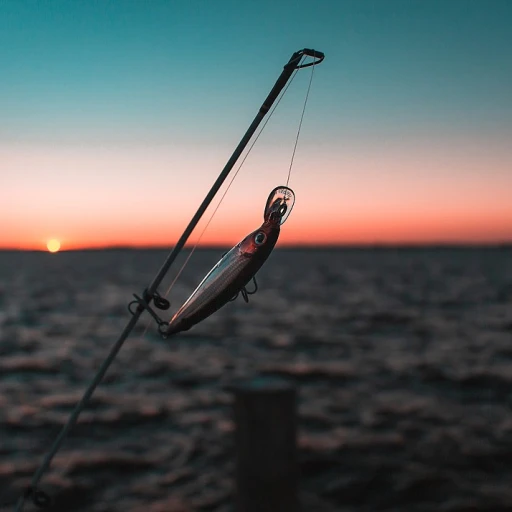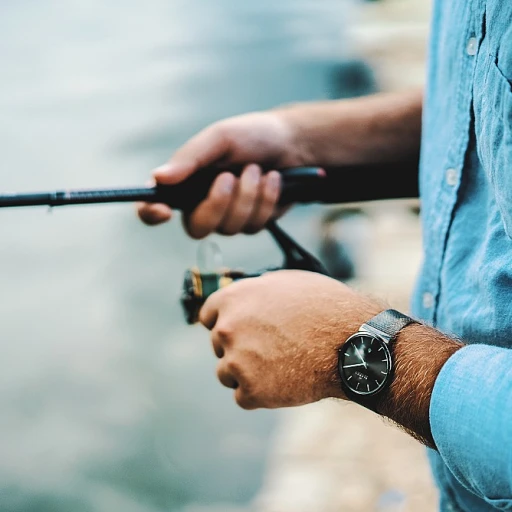What is Backing for Fly Line?
Understanding the Essential Role of Backing in Fly Fishing
As you embark on your fly fishing journey, it's crucial to appreciate the significance of backing for fly line, a component often overlooked yet paramount in ensuring a seamless fishing experience. In its essence, fly line backing serves as a reserve line layered between your reel and fly line, allowing you to reel in larger fish that might outstrip your fly line's length.
The different materials available—such as dacron and gel spun backing—each offer distinct advantages. Dabbling in the components of a fly reel setup can reveal how pivotal a role backing plays. Dacron backing is a common choice due to its affordability and practical strength, while gel spun offers a thinner diameter with a robust capacity, albeit potentially at a higher price.
Choosing the appropriate type of backing is not merely about the unit price or picking a premium fly fishing setup; it's about understanding how the right backing accommodates the line's weight and the fish you intend to catch. This decision intertwines with other factors such as line length and spool capabilities, ensuring a tailored approach to your gear setup.
It becomes clear how crucial backing is when facing a mighty fish that exceeds your fly line's length, securing your success in those memorable fishing trips. Grasping the nuances of backing for your fly lines and reels doesn't just enhance your experience; it's intrinsic to mastering the art of fly fishing.
Choosing the Right Backing Material
Choosing the Ideal Backing Material for Your Fly Fishing
When it comes to selecting the right backing for your fly line, anglers have several materials to consider, each bringing unique advantages to the fly fishing experience. Dacron and gel spun backing are the two primary types anglers frequently use. Both materials exhibit distinct characteristics, making them suitable for various fishing conditions and personal preferences.
Dacron backing is a popular choice among many fly fishermen due to its time-tested performance and reliability. It is a good option if you're looking for a solution that combines durability with a reasonable price unit. As a member of the backing family, dacron provides excellent abrasion resistance and holds knots securely, making it a great companion for long fishing trips. It pairs well with most fly reels and is known for maintaining its shape under pressure.
On the other hand, gel spun backing, although more expensive, offers some remarkable capabilities. It boasts a smaller diameter compared to dacron, allowing anglers to spool more backing on smaller reels. This can be particularly beneficial if you're targeting larger fish that might make long runs. The additional line capacity can give you a crucial advantage in such situations. Gel spun also has higher tensile strength, which means it can handle increased weight and stress without compromising performance. Fly anglers who often deal with heavy or spinning lines might find this option more suitable.
Another factor to consider when choosing backing material is compatibility with specific reel models. Some reels, like those from premium fly brands such as Scientific Anglers and Perfect Fly, are designed to work optimally with gel spun or dacron. Reading user guides and consulting reviews can help you make an informed choice.
Ultimately, the ideal backing material hinges on personal preference and the fishing situations you'll encounter. Conducting thorough research and considering the features of each material can pave the way for a more enriched fly fishing experience. For additional tips on optimizing your gear, explore resources on efficient fly fishing storage solutions.
Determining the Appropriate Backing Length
Finding the Optimal Length of Backing for Your Fly Fishing Needs
Determining the appropriate length of backing for your fly line is crucial to enhancing your fly fishing experience. The right length ensures that you have sufficient line capacity and flexibility to handle the sizes and types of fish you’re targeting. Here are some factors to consider:
- Line Weight: The weight of your fly line is a key element when deciding how much backing to use. Heavier fly lines require less backing compared to lighter ones, as they take up more space on the reel.
- Targeted Fish: The species of fish you're aiming to catch dictates the amount of backing needed. Larger fish can make extensive runs, necessitating more backing to prevent your line from reaching its end.
- Reel Capacity: Different fly reels have varying capacities. Reading your fly reel's specifications can help you determine how much backing you can add without overcrowding.
- Fishing Environment: Fishing in wide, open areas like lakes or saltwater flats means preparing for longer runs, thus requiring more backing compared to confined river fishing.
- Backing Material: Consider the material of your backing. While dacron backing is thicker and might limit length due to reel capacity, gel spun backing allows you to get more length on your spool.
Balancing these considerations ensures you’re well-prepared and can fish confidently, knowing your setup can handle whatever may come. The cost of high-quality backing effusively matches the peace of mind it provides.
How to Properly Spool Backing on Your Reel
The Art of Spooling Backing: Ensuring a Well-Balanced Reel
Properly spooling backing onto your fly reel is crucial for achieving a balanced reel and enhancing your fly fishing experience. A well-spun fly reel with backing ensures smooth casts and provides a reliable buffer for those bigger fish that just won't give in easily. Start by securing the backing to the spool. It's essential to use a good knot that won't slip, such as the arbor knot, to attach your chosen backing material, whether it's dacron backing or gel spun. The backing should be wound on the reel smoothly and evenly. Avoid any overlapping or gapping, as this can create issues when you eventually spool the fly line on top. The tension of the backing as you spool is also significant. Applying consistent and firm tension will result in a neat and compact reel backing, preventing the fly line from sinking into poorly laid backing when increased pressure is applied during fishing. A tightly wound backing is especially crucial if your backing consists of premium fly gel spun varieties, which are thinner and require precise handling. While spooling, maintain a good pace and uniform pressure. This will help ensure that your fly line backing doesn't tangle or bunch up, which could otherwise lead to unwanted line reel disasters. Remember, investing time into correctly spooling your backing fly isn't just about aesthetics; it also impacts performance. Lastly, periodically check for any inconsistencies or weaknesses in your spooled backing as you go along. These checks are crucial, especially when using scientific anglers or other high-end fly lines, to avoid cracks or slips that degrade the backing over time. Proper attention to these details ensures a smoothly functioning fly reel, well prepared for your next great fishing adventure. Understanding how to balance the weight and tension in your lines can dramatically improve your overall fly fishing results.Maintaining and Replacing Backing
Prolonging the Life of Your Backing
Maintaining and replacing your fly line backing is crucial for optimal fly fishing performance. Just like any aspect of your fly fishing gear, backing needs periodic attention. Neglecting these simple yet essential tasks can result in unpleasant surprises during your fishing trips. Regularly inspecting your backing for wear and damage should become routine every few months. This is especially true if you often find yourself fishing in challenging environments where wear and tear is more likely. Look out for signs of fraying or thinning, especially with materials like dacron and gel spun that, although durable, are still susceptible to wear over time. A good practice is to unwind the backing from the reel to check its entire length. Doing so helps you spot damage that may not be visible when the line is tightly wound. If you notice any significant wear, it’s best to replace the affected section or the entire line if needed, ensuring you won't lose a fish due to line failure. Storing reels with backing properly is also important. Reels should be kept in a dry place to prevent moisture damage. Extended exposure to moisture can degrade any backing material, even items like premium fly backing which are designed to withstand tough conditions. Replacing backing is sometimes necessary to maintain your gear's performance. Look for a good price unit that suits your fishing needs and budget. Brands like Scientific Anglers offer high-quality backing options that are priced appropriately for their quality, providing peace of mind for every fishing adventure. Remember, a well-maintained reel backing can enhance your fly fishing experience significantly, ensuring you're ready to cast without worries and focus on catching that big fish.Common Mistakes with Backing and How to Avoid Them
Avoiding Common Pitfalls with Fly Line Backing
When it comes to enhancing your fly fishing experience, proper handling and selection of backing for your fly reel is crucial. Missteps in this area can lead to frustrating outings and lost fish. Let's look at some frequent mistakes and how you can prevent them.
- Overloading the Reel: One of the most prevalent mistakes is overloading your reel with too much backing. It might seem advantageous to have more backing, but this can lead to line snarls or a snag when you need a smooth release. Using backing materials like gel spun or precisely-cut dacron can help manage the weight distribution effectively.
- Underestimating the Backing's Role: Some anglers overlook the importance of backing, thinking of it merely as a fill. However, the quality of your backing material, whether it’s supple dacron backing or durable gel-spun fly line, can significantly impact your ability to handle aggressive fish and long runs.
- Improper Spooling Technique: Incorrectly spooling the backing can result in uneven layers and potential tangles. Utilizing good spooling practices ensures that the line lays evenly on the reel. A uniform spool assures smooth casting and retrieval, offering better control over your fly reel.
- Neglecting Regular Maintenance: It’s easy to forget about the backing until a problem arises. Regularly inspecting and replacing backing that looks worn can prevent failures at critical moments. Storing your fly line properly when not in use also prolongs the lifespan of both the line and the backing.
- Ignoring Line Reel Compatibility: Ensure that the weight of your backing and fly lines is suitable for your reel. Mismatched equipment can negatively affect casting performance, and high-quality, member-endorsed options from brands like Scientific Anglers offer test-proven reliability at a great price.
By staying informed and selecting the right backing materials tailored to your fishing conditions, you'll be prepared for any fly fishing challenge. Investing in premium fly lines and backing not only assures a better fishing experience but also protects your investment in your fly reel and other gear.

